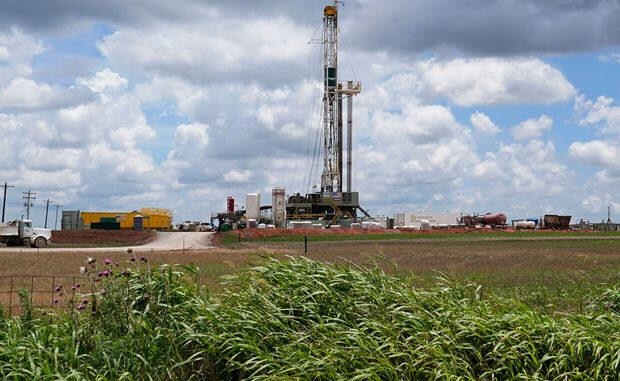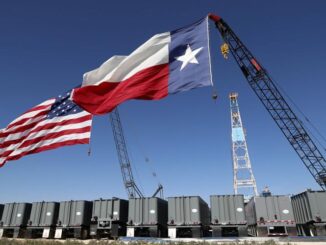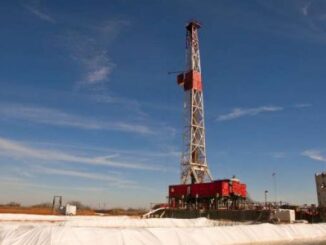
Source: WSJ
Spurred by the highest oil prices in years, shale companies are moving drilling rigs back into oil fields that were all but abandoned a few years ago.
Private oil producers are leading an industry return to places like the Anadarko Basin of Oklahoma and the DJ Basin in Colorado, where drilling had almost completely stopped in mid-2020 when those areas became unprofitable because of lower oil prices.
Oil production in these marginal regions isn’t expected to move the needle in the global market, which is facing tight supplies, but it could help some oil producers who have lost money in past years. Output in the contiguous U.S. by year-end is expected to increase almost solely from the Permian Basin of West Texas and New Mexico, offset by declines elsewhere, according to energy consultant Wood Mackenzie.
Some of the largest shale companies told investors this past week they plan to remain disciplined on capital spending and limit production growth. But with oil hovering around $90 a barrel, near the highest levels in more than seven years, some peripheral drilling, particularly by smaller companies, is now becoming more feasible even in places like Kansas and Utah, where wells produce far less oil than prolific fields in Texas and New Mexico. The regional revivals show the economic ripple effects when prices surge and mark a turnaround for companies hard-hit by the pandemic.
Charter Oak Production Co. is planning to bring one drilling rig back to the Anadarko Basin this month and contract a larger rig to work there until late 2022, in hopes of doubling or tripling its output from about 1,000 barrels a day. Though oil-field costs have climbed sharply amid new activity and inflation, Charter founder Joe Brevetti said the clock is ticking for his drilling plans because, at some point, high commodity prices will dent demand and lead to lower prices.
Mr. Brevetti’s company waited out the oil-demand destruction wrought by the pandemic, slashing drilling activity and storing as many as 60,000 barrels of oil in empty tanks that typically hold other materials used in fracking, instead of selling the oil at low prices. Those moves were key to helping the company survive the downturn, he said.
Putting drilling rigs back to work in the Anadarko Basin wouldn’t have made sense when oil prices were around $45 a barrel or lower in 2020, with some companies needing at least $60-per-barrel oil, or even $80 a barrel, to increase investments, executives said.
The average number of active drilling rigs in the Anadarko Basin has surged from the pandemic low of seven to 46, according to energy data analytics firm Enverus. The latest number is several more than the region had before oil prices collapsed because of economic shutdowns in the spring of 2020, and almost double the average of mid-2021.
In the DJ Basin in Colorado, the average number of active rigs has risen to 15, up from four in 2020, Enverus data show. In the Powder River Basin in Wyoming and the Uinta Basin in Utah, which both saw rigs fall to zero in mid-2020, the rig count has increased to almost a dozen. All three areas need higher oil prices to make wells profitable.
Companies have started pumping more oil from regions that yield tiny wells by industry standards. Private oil producer Palomino Petroleum Inc. is now running as many as six drilling rigs this year in western Kansas, the largest fleet it has had there in about seven years. The wells it drills there typically start producing about 50 to 100 barrels a day. That oil is moved by truck to a refinery in central Kansas.



